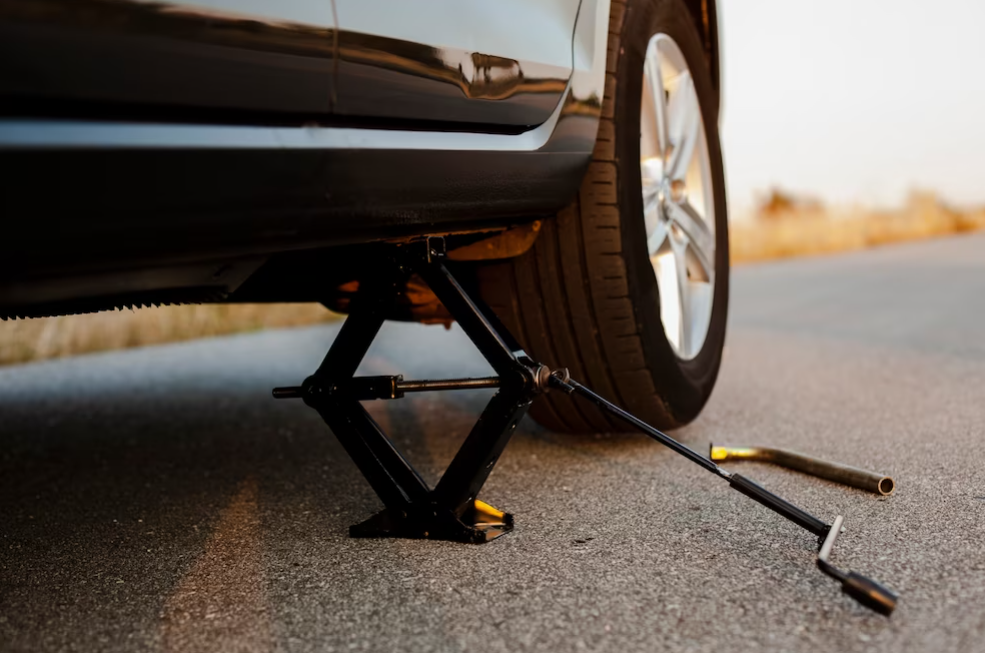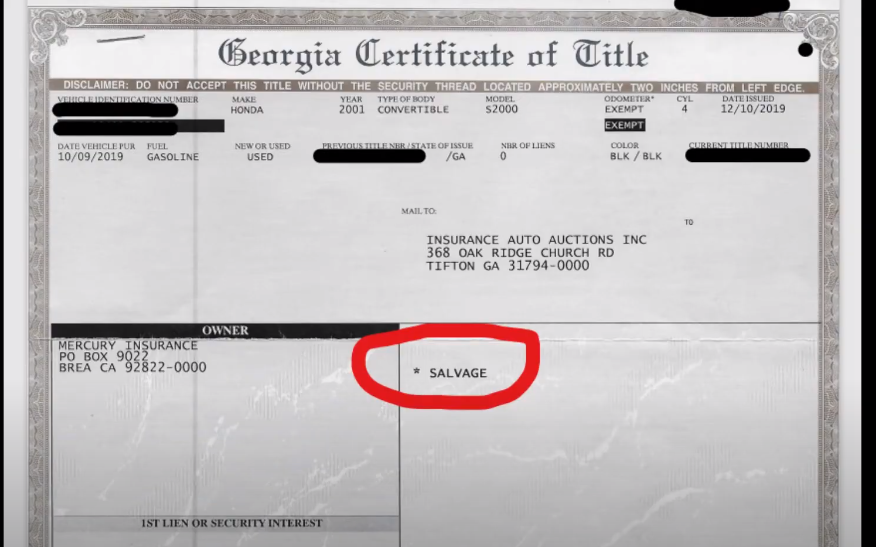How To Clean A Catalytic Converter?
Did you know that catalytic converters are essential for modern gasoline and diesel cars to maintain their environmental friendliness and fuel efficiency? This crucial component plays a pivotal role in eliminating hazardous exhaust fumes generated during the engine's combustion process.
However, over time, catalytic converters can become clogged due to the accumulation of exhaust residues. Despite this, cleaning a catalytic converter can often be a more cost-effective solution than replacing it entirely. If you're curious about how cleaning your catalytic converter can enhance your car's performance, this blog is here to guide you through the meticulous, step-by-step process.

What Is The Function Of A Catalytic Converter?
A catalytic converter is a crucial component of an automobile's exhaust system that regulates and minimizes emissions as they exit the engine and enter the atmosphere. A catalytic converter, which is situated between the exhaust manifold and the back pipe, uses integrated catalysts to change hazardous substances like hydrocarbons, carbon monoxide, and nitrous oxides into less dangerous ones like nitrogen, carbon dioxide, and water vapor.

A metal or ceramic substrate, or a surface where chemical reactions take place, is found inside a catalytic converter. Rhodium, palladium, and platinum are among the precious metals that cover the substrate. When the right amount of heat is applied, the hydrocarbons, carbon monoxide, and nitrous oxides flow through the substrate, interact with the precious metals, and transform into less toxic gases that are released through the exhaust pipe and muffler.

The on-board diagnostic (OBD) system of a car is connected to modern catalytic converters using sensors. The sensor will emit an error signal if the catalytic converter is not operating at maximum efficiency, alerting the driver via a notice or warning light. P0420, the most often occurring code, stands for "Catalyst System Efficiency Below Threshold." Though the term implies a converter problem, the converter's loss of efficiency is most often the result of an issue upstream. Additional signs and symptoms consist of the following:
- Smell of rotten eggs
- Difficult starts
- Quiet acceleration
- A lack of power
- Inadequate fuel efficiency
Because catalytic converters do not break down on their own, it is imperative to address the underlying problem before deciding whether the converter needs to be replaced. Due to its close connection to combustion, a variety of factors may result in problems with the catalytic converter. These are the most typical:
Rich or Lean Fuel-to-Air Mix
Many automobile components may be impacted and/or damaged if the fuel-to-air mixture is not adjusted to the correct ratio. Lean or rich conditions may result in an accumulation of carbon or surplus fuel as the catalytic converter is located downstream of the combustion chamber. Fuel could burn and melt the catalytic converter's internal components if it gets inside.

Ineffective Oxygen/Lambda Sensors
An engine and the exhaust system it is attached to are full of sensors. These sensors check the oxygen content to make sure the car is operating at its best under typical circumstances. A malfunctioning connection, defective wiring, or a failed sensor will prevent it from providing the readings required to maintain equilibrium. In the absence of the watchdogs, levels can be off, causing the converter to overheat and break.
Problems with Physical Damage
Speed bumps, off-roading, running over branches, wayward highway tires, and a host of other obstacles can physically harm the converter. Damage to the internal or external components may cause them to malfunction or perhaps fall off completely.
Exhaust residue accumulation can cause a catalytic converter to clog over time. When this occurs, the check engine light on your car may come on, indicating that the converter's sensors have detected a problem. As soon as you are positive that a blocked converter is the cause of the damage, you should start the cleaning process to avoid any expensive damage that would require a complete replacement.
One straightforward method involves using additives or cleaners designed specifically for catalytic converters. This approach is relatively simple, requiring only the removal of your gas cap to access the filler neck. Once there, you simply pour the converter cleaner into your gas tank, allowing it to mix with the fuel. The exact amount of cleaner needed may vary depending on the product, so it's essential to follow the instructions provided.

Typically, these cleaners are made with detergents and solvents that efficiently dissolve impurities and breakdown accumulation brought on by burning. There are cleaners that are designed specifically for certain engine types, but there are also general-purpose cleaners that are suitable for both gasoline and diesel engines. To find out which cleaner is ideal for your car, it is a good idea to do some study.
Alternatively, you could choose to remove the catalytic converter completely in order to clean it more thoroughly. But keep in mind that this method needs more time and mechanical know-how, and there is a chance that the removal and reassembly procedure will harm the converter. Though none of these are certain to work, here are a few techniques to try:
Soaking: To remove tough deposits, immerse the catalytic converter in a solution of soapy water or use a special oil degreaser. All you have to do is submerge the converter in a sizable bucket of the mixture, let it soak for the entire night, and then completely rinse and dry it.
Chemical cleaning: Another way to get rid of blocking deposits inside the catalytic converter is to spray a chemical cleaner through it, like carburetor cleaner.
Pressure washing: To remove tough deposits from the inside of the converter, use a pressure washer set to the lowest power possible to prevent internal structural damage.
Maintaining your catalytic converter on a regular basis is essential for optimum car performance and pollution management. To avoid blockage and preserve efficiency, we advise cleaning it four to five times a year. Your fuel tank can be efficiently cleaned as the converter travels through by adding a specific additive to it. By reviving the converter, extending its lifespan, and cleaning up residues, this easy technique improves engine performance and reduces hazardous emissions for greater environmental responsibility.
What does it cost to clean a catalytic converter?
Cleaning typically ranges from $8 to $20, but manufacturers often advise against it due to potential damage. If faulty, cleaning won't help and symptoms may reappear. Replacement is often recommended.
What's the lifespan of a catalytic converter?
New ones last about ten years, but this varies based on mileage and engine condition. Inspect it every 30,000 miles.
Is brake cleaner safe for catalytic converters?
No, it's not recommended due to harsh chemicals and flammability, which can damage sensors.
How long does it take Cataclean to clean a catalytic converter?
Add 500ml to a quarter tank, drive for 15-20 minutes, and refuel as needed.
To sum up, maintaining the cleanliness of your catalytic converter is essential to preserving the best possible vehicle performance and reducing pollution. Maintaining efficiency and preventing clogs can be achieved by cleaning it four to five times a year. By adding specialized additives to your gasoline tank, you can extend the life of your converter and improve environmental responsibility by cleaning it more thoroughly and lowering emissions.
Click on the following link to read another blog post: How To Get Smoke Smell Out Of Car?


.png)











